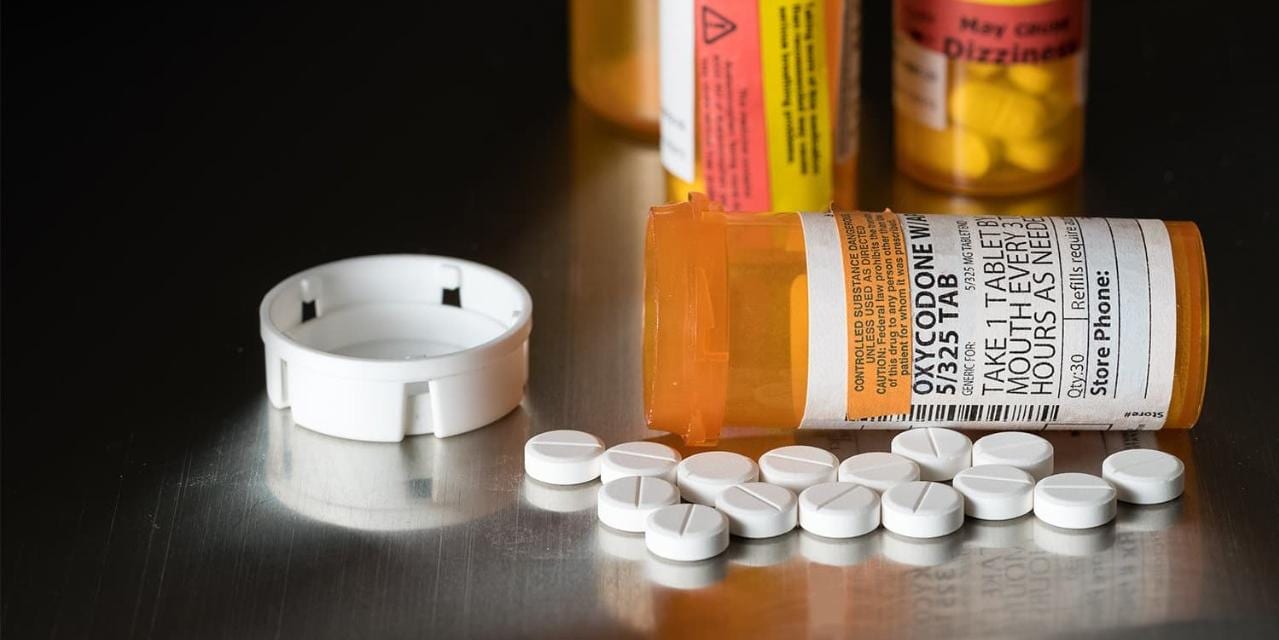
利用 SAS 分析來打擊藥物濫用障礙和鴉片藥物流行
隨著藥物濫用障礙和鴉片藥物危機升級,社區面臨越來越多的挑戰。 這些包括減輕風險,預防成癮,以及有效監控治療計劃的成功和可用性。
關鍵事實 & 數字:藥物濫用障礙的影響 & 鴉片藥物
108,000
美國人在 2021 年過量服用
2 倍
退伍軍人死於意外過量的可能性是兩倍
<10%
被監禁的公民可獲得治療和復健
增強社區權力:SAS 分析如何面對藥物濫用障礙和鴉片藥物危機
SAS Viya 使用預測模型,識別與藥物濫用障礙和鴉片藥物相關的過量風險。 我們的跨行業數據共享可提供更好的情況意識,使您的社區能夠開發有針對性的響應解決方案。
鴉片類物質結算贈款基金&成果管理解決方案
- 通過應用預測模型和確定有助於獲得更好結果的因素,幫助組織優先考慮支出。
- 預測干預措施對社區改善結果的影響。
- 建立結果測量的基準指標,以評估隨時間推移的干預措施的有效性。
- 提供報告和可視化,以提高公眾透明度,展示如何花費資金來加強公共衛生和公共安全應對物質使用障礙以挽救生命。
行為健康治療分析
- 主動識別行為健康服務最需要的人,包括物質使用障礙(SUD)和精神衛生保健。
- 持續監控程式效能和成果,以持續改善品質。
- 使用人口健康分析來了解整體社區需求,以及可能成為護理障礙的情境因素。
- 整合健康與非健康資料,以了解並預測個人和社區 SUD 需求。
公共衛生預測分析&綜合症監測
- 將藥物濫用對個人和社區的影響進行可視化。
- 利用預測分析和綜合症監測來預測鴉片類藥物流行的進展。
- 整合影響成癮脆弱性的社會,人口統計和經濟因素。
- 使用資料和分析來推動資金分配,並追蹤重要計劃的成功情況。
監督人口鴉片類藥物濫用的輔助治療分析
- 利用數據和分析來滿足鴉片類藥物使用障礙(OUD)人士的需求,他們通過基於證據的計劃和策略參與刑事司法系統。
- 使用 OUD 為被監禁的個人提供數據驅動的可視化到藥物輔助治療(MAT)計劃的有效性。
- 通過識別差距,改善結果和減少累犯,評估 MAT 計劃和政策的影響。
- 為在刑事司法系統內部和過渡離開 OUD 的人提供以證據為基礎的治療計劃和再入境服務。
公共安全綜合毒品意識減少&危害
- 整合並可視化公共安全和公共衛生數據,以了解全州範圍內可疑的鴉片類藥物過量。
- 製藥和非法藥物的表面非法分佈,並支持調查逮捕和起訴肇事者.
- 利用資料來識別受藥物影響最大的社群和特定人口統計資料,以更精確、及時地部署治療服務。
- 利用數據和分析來支持治療,以確定鴉片類藥物過量風險最高的人,並優先考慮治療。
